Next year marks the 30th anniversary of the disaster that took place in Chernobyl, Ukraine. A nuclear reactor exploded, releasing tremendous amounts of radiation all throughout Chernobyl. Though a study recently revealed that wildlife are thriving in the absence of humans in Chernobyl’s exclusion zone, it’s never too late to remember the heinous consequences of the radiation. Below are seven harrowing photos that will remind you just how terrible the accident at Chernobyl was for those who experienced it.
Number Seven: Malformed Fetuses. This photo of malformed fetuses was taken in the Institute of Anatomic Pathology in Belarus. Pregnancy-related malformations were common in the wake of the Chernobyl disaster because the radiation entering expecting mothers’ bodies was able to genetically alter unborn children, resulting in genetic mutations.
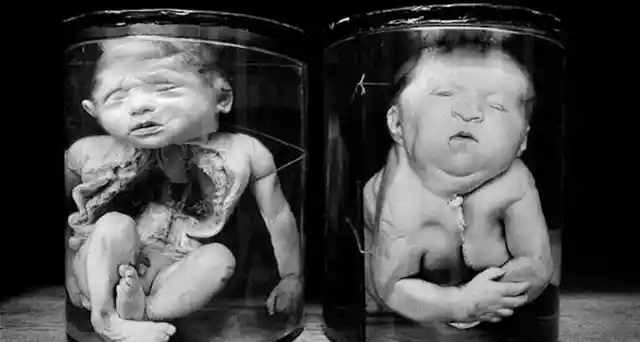
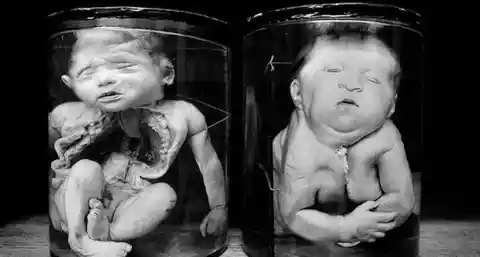
Number Six: Animal Polycephaly. Here we see what appears to be a calf suffering from polycephaly, or the presence of more than one head. Radiation can result in polycephaly, which is exactly what happened in Chernobyl. Though humans rarely suffer from polycephaly (most fetuses who develop more than one head die in utero), animals can survive birth with this condition. However, most animals born with polycephaly do not live very long.
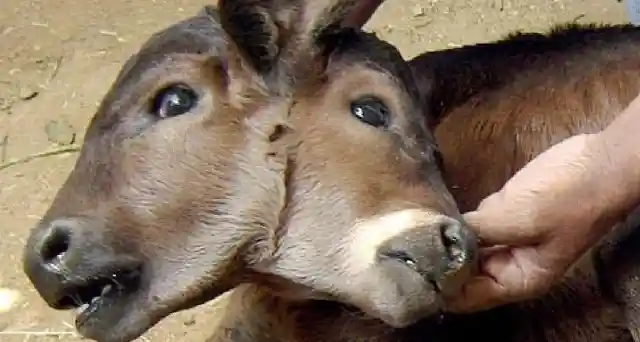

Number Five: Familial Disfigurations. Many women were forced to get abortions after the terrible accident in Chernobyl, but not every woman did. Some women who were late in their pregnancies refused to get abortions and gave birth to disfigured children.
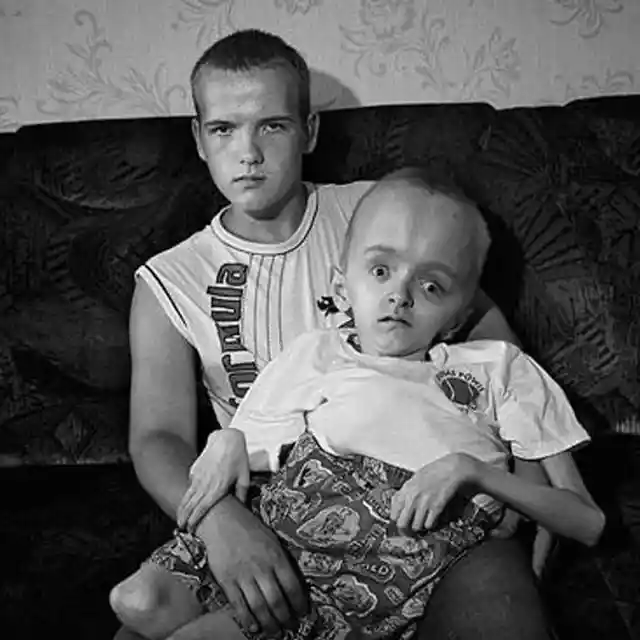
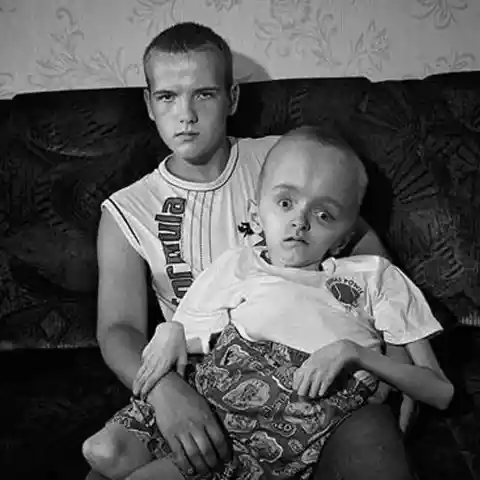
Number Four: Animal Embryo Mutations. Here we see a disfigured embryo. Though it may be hard to believe that radiation can so thoroughly alter an embryo inside an animal, the particles emitted by radiation are so strong that they alter the electronic structure of DNA’s double helix. Since their DNA is permanently altered, animals and humans born with these mutations who live to reproduce can pass them onto their young, continuing the cycle.
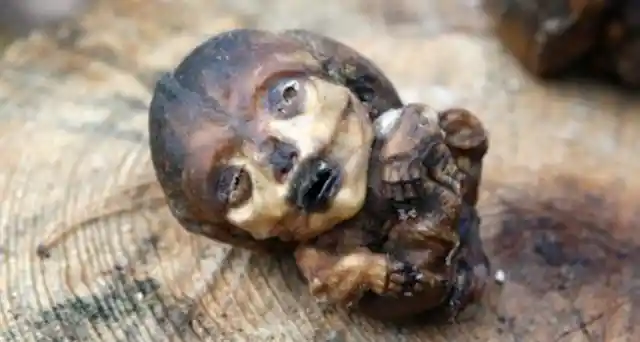

Number Three: Dipygus. This piglet is exhibiting Dipygus, which is a congenital defect in which the body’s axis splits left and right down the torso, and the pelvis and legs are duplicated. This is ultimately a fatal condition.
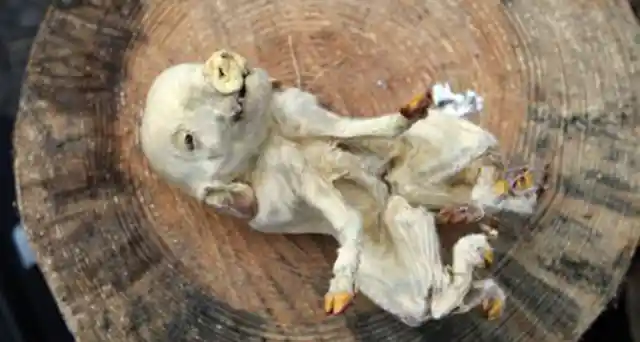
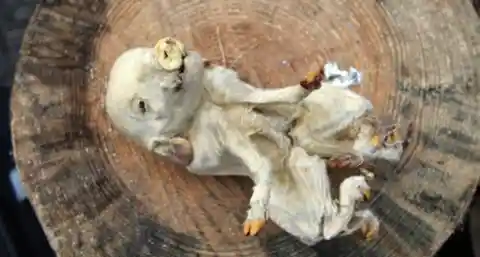
Number Two: Giant Fish. Though these fish look like they could feed a crowd, in reality they may not be healthy to eat because of the potential of radiation poisoning. After the incident in Chernobyl, neighboring rivers were polluted with radionuclides. However, it is possible that these catfish were able to reach this size entirely due to lack of human predation.
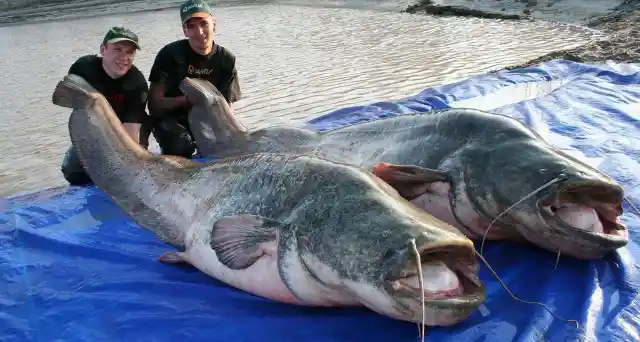
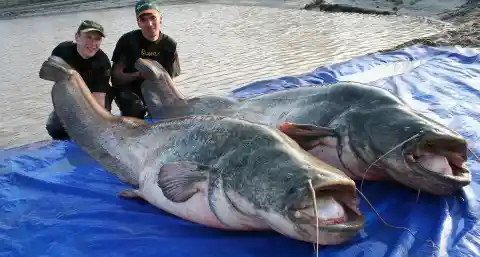
Number One: Chernobyl Today. Many people assume that Chernobyl is completely abandoned, but in fact, there are squatters and animals all throughout the exclusion zone. However, because of the nearly universal fear of continued radiation poisoning, it is doubtful that Chernobyl will be repopulated anytime soon.

